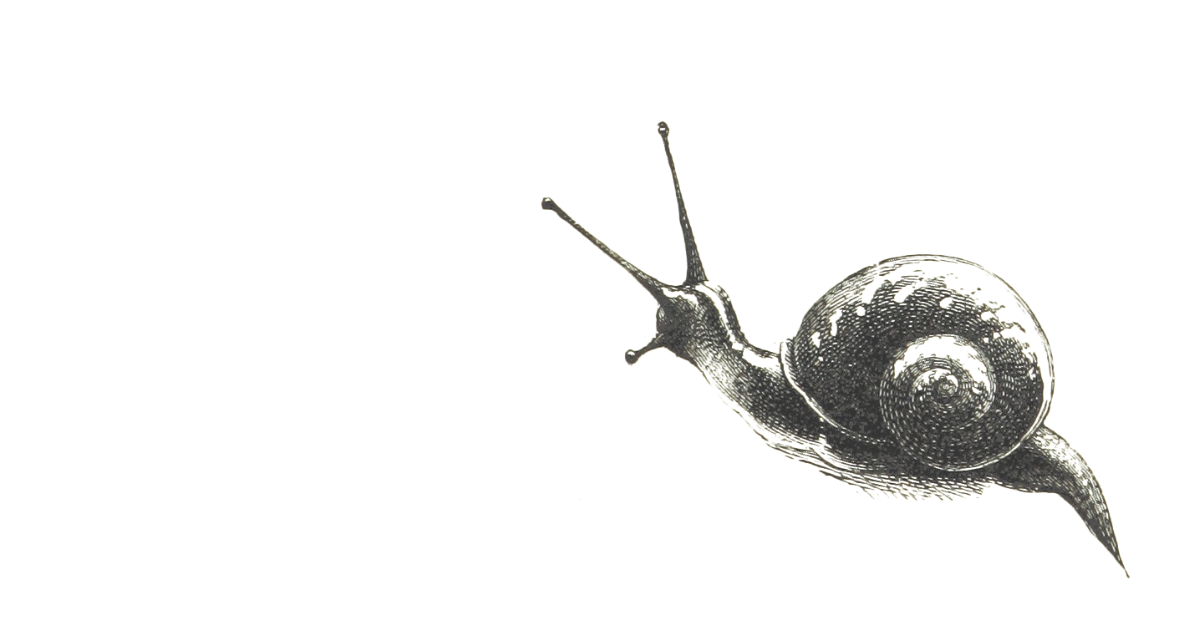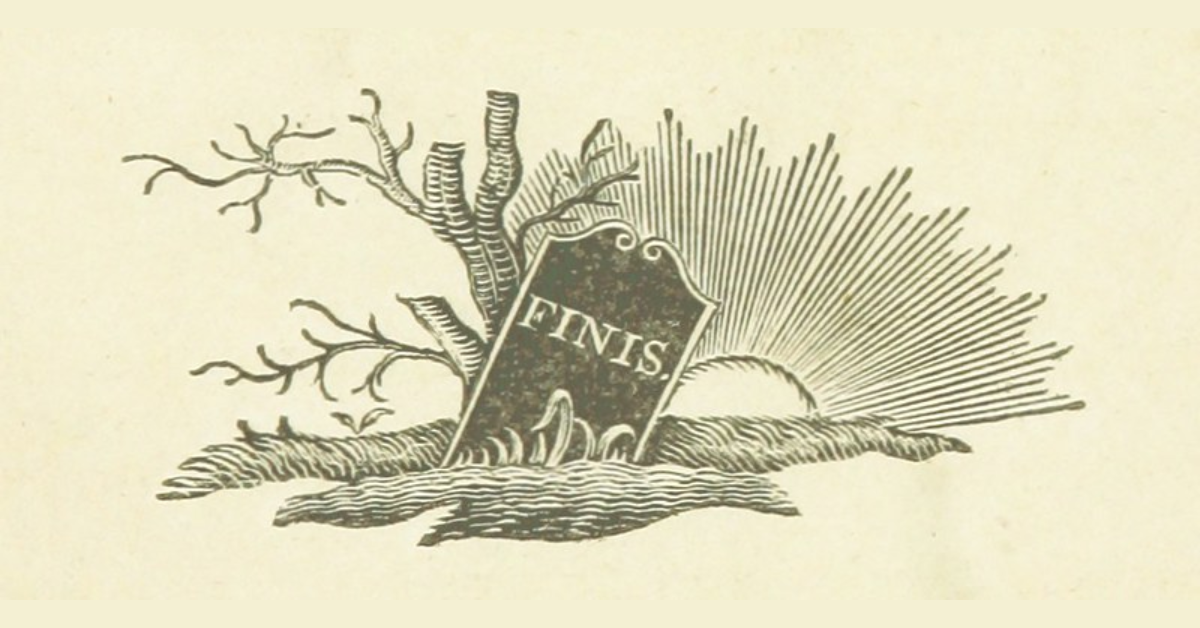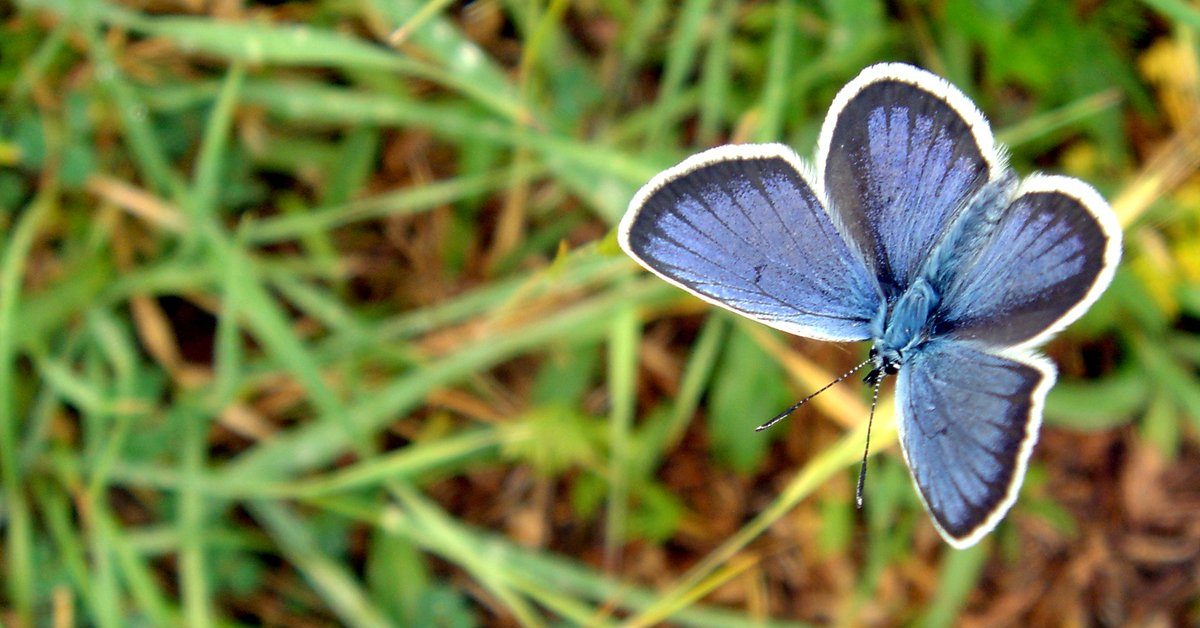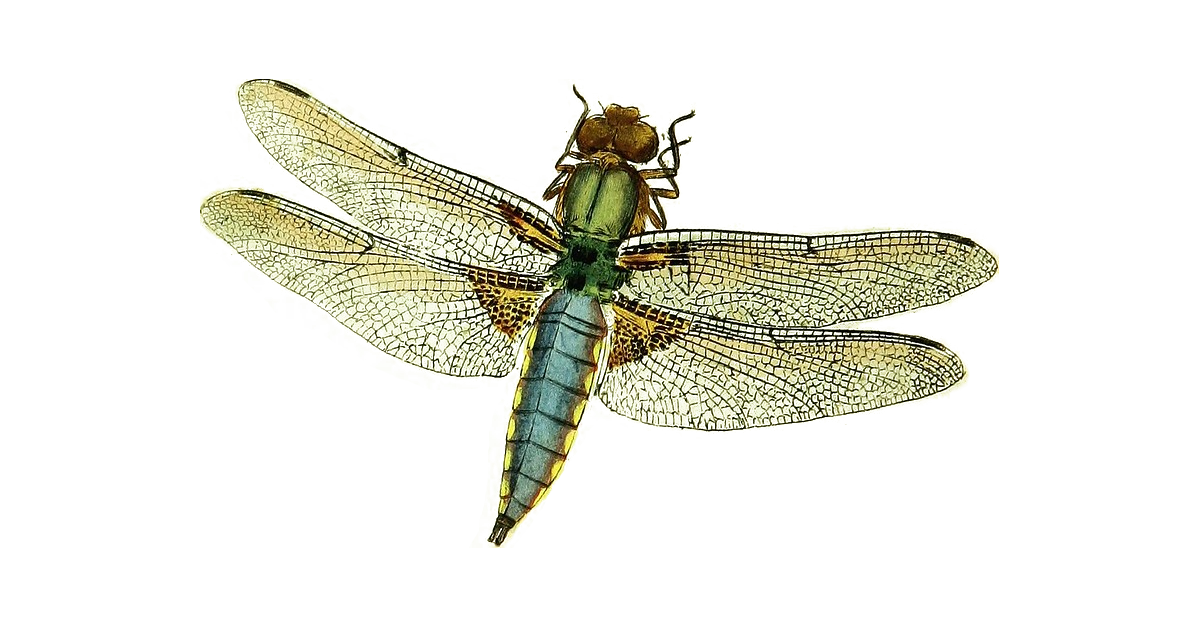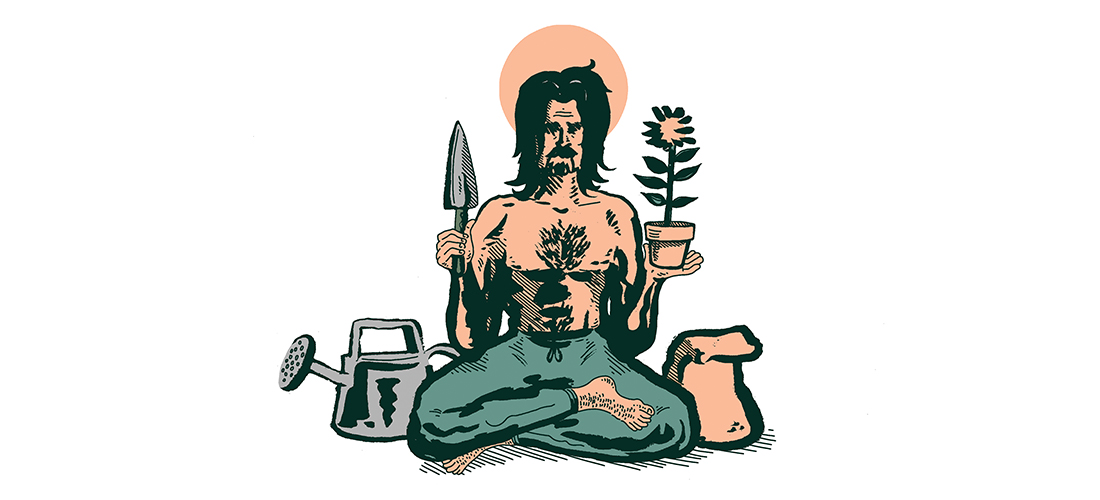Simple Life
They Only Come out at Night
by Jim Dodson
They came out of the darkness the other night, devouring everything in their path.
I simply opened the front door to feed the cat his supper and there they were, maybe forty or fifty strong, creeping ever closer, waving their little doo-dad tentacles.
No, it wasn’t the Walking Dead, seriously early Trick-or-treaters or even yet another pesky campaign poll worker getting a last-minute word in before the presidential election.
It was, in fact, Helix Aspersa, better known as the common American brown snail, a veritable army of ravenous garden slugs on the move. There must have been a dozen already tooling around our front porch, sluggishly speaking, with maybe 30 or 40 more scaling the porch steps while a Seal Team Six of snails ruthlessly swarmed our innocent Jack-o-lantern.
Rufus the cat looked strangely oblivious to this mayhem, I should add, waiting calmly by his outdoor bowl which, I hasten to mention, was half full of snails finishing up his evening leftovers.
I quickly shut the door, trying to decide what to do, wondering if our cat had begun herding homeless snails in his free time. It’s not every day one’s home, family and holiday decorations fall brazenly under siege by common garden slugs.
Following her long day at work, my bride was 20 feet away in the kitchen calmly listening to relaxing New Age piano stylings and making adorable ghost cookies for her staff and to mail our grown-up children who can explain the theory of relativity but never learned to check a bank balance or bake.
“What’s, up?” she casually wondered, noticing my suddenly pale countenance. “You look as if you’ve seen a real ghost.”
“Remember the snake?”
She shuddered. “Thank God I wasn’t here to see the snake!”
Earlier in the week, while she was off at a conference sorting out the state of higher education, I blithely opened the kitchen cabinet to fetch my morning Quaker Oats and discovered a small, brown snake with an exotically banded black head curled up gazing curiously at me, more or less at eye level. He or she looked almost as surprised to see me as I was to see he or she.
What does one do when one finds an exotic snake with designs on one’s preferred oatmeal?
I calmly put the small snake in a large juice glass and carried it upstairs to my computer to see if it might be the rare Black-headed Amazonian Fruit Tree Snake that, if bitten by it, gives victims hallucinations in which one appears to be on tropical vacation with a Hollywood movie starlet. Victims are frequently known to awaken feverishly calling out a young and fetching Kim Bassinger’s name, pre-Alex Baldwin, but in this case there was no such luck. It was just something called a Southeastern Crowned Brown Snake, a small and harmless little dude with a big name that likes to eat bugs and probably decided to come in from the cold and see what bugs we had on offer.
My wife’s response to news of a snake in our kitchen cabinet was immediate and quite emphatic, even though I pointed out that I carried it out to a nice rotten log in the adjacent woods and sent it on its way.
“Eew, eew, eeeewwwww,” she said, more or less direct quote.
“Did the snake come back?” she demanded to know now, setting aside her cookie cutters.
“Nope. But we have other visitors from the wild,” I was forced to tell her. “I think Rufus may be inviting them home. By my count, at least 60 or 70 are out there. Come see for yourself. Prepare yourself for a shock.”
She poked her head anxiously out the door and her floury hands flew to her mouth reminiscent of Tuesday Weld in Psycho. Come to think of it, maybe it was Janet Leigh who actually starred in Psycho, though whoever it was she was as crazy with fear as Kim Bassinger was after years of marriage to Alex Baldwin.
“Eew, eew, eeeewww!” wife exclaimed. “What should we do with them? No trick or treaters will get near our porch with 500 garden slugs on it.”
I quickly looked up garden snails and discovered that in many countries the common terrestrial gastropod mollusk – which is in the same family as abalone and whelks – are regarded as a culinary delicacy. The Helix pomatia, in fact, is the famous garden snail favored by millions of French diners, an actual cousin of the very slugs devouring our Jack-o-lantern.
“Maybe we could eat them,” I suggested, wondering if perhaps this was what Rufus had in mind when he invited them home. “We could harvest and deep fry them and serve Southern-style escargot to our friends this weekend.”
Another possibility related to snail mucous, I added, which has been shown to cure everything from acne to gunshot wounds. Moreover, in certain places in rural Italy, live garden snails are swallowed whole as a remedy for ulcers – which would make a decent Halloween movie if nothing else.
This idea – and the one that preceded it – got about as much traction as a slug on roller skates, I’m afraid.
“I don’t care what we could do with them,” she protested. “Just make them go away the way you did the snake. Just look at our poor pumpkin!”
She was sadly correct, of course. Slugs eat everything organic in their paths, leaving behind only a silvery sheen once their mucous trails dry. In ancient times, according to Pliny the Younger, seers read the silvery residue for accurate clues of coming plagues and social upheaval. I’ll confess I wondered if slug mucous might actually predict who would win the presidential election, which seemed at least as accurate as most polls in swing states.
Okay, in the interest of not frightening the children, a brief pause here for some much-needed levity: the world’s only known Halloween joke actually involving a garden slug! Fully appropriate for all ages!
So this old guy who hates everything about Halloween – the annoyingly cute kids, the absurdly over-priced candy, the over-bearing parents who roam the neighborhood in chatty packs armed with flashlights and hip-flasks – hears his doorbell and opens the door to find a tiny princess holding out her pumpkin candy bucket.
“Trick or treat!” the princess chirps sweetly.
The old guy grumbles and gives the child a quarter, slamming the door, hoping that’s the end of it.
A few moments later, though, the bell rings again.
This time he finds a small garden slug standing there holding out its own cute candy bucket.
“Trick or treat,” says the garden slug.
“Are you kidding me!” explodes the old guy, who in a fit of fury snatches up the slug and hurls it as far as he can into the darkness, shutting the door and turning off his lights.
Three years later the doorbell rings again and he opens the door to find the same garden slug standing there. The slug is not amused.
“Hey, pal,” he says, “what was that about? It took me three years to be back here. Forget the quarter. You owe me a buck!”
A common way to eliminate garden slugs, I learned in the midst of our pre-Halloween ordeal, is to put out a cup of beer and let the snails drink themselves to death. Another approach is to put salt on them, which causes their little bodies to shed water and shrivel up in agony.
In truth, I couldn’t bear the thought of having the painful deaths of 75 garden snails on my conscience, so I shut the door and decided to sleep on it. That night I dreamed that Kim Bassinger had invited me on a trip down the Amazon, but that’s quite another story and not appropriate for all trick or treaters.
In the morning, the slugs were gone – vanished back to their little snail beds with tummies full of our fresh pumpkin. I carried our decimated Jack-o-lantern to the same woods where I let the snake go and tossed it into a place where other wild critters might enjoy it.
Rufus the cat tagged along. I’m still convinced he’s somehow at the center of this little drama.
Then I went back and spread a little salt on our porch and put out a nice new pumpkin for any trick-or-treaters – or presidential poll workers – brave or foolish enough to knock on our door.
For the record, the silver slime said the presidential election, alas, was too close to call.
This Simple Life was originally published in October 2016.

